Have you ever looked at the clouds and wondered how they form, impact the weather or why they are different shapes and sizes?
I've created a basic cloud spotter guide and collected my favourite science activities about clouds into one place. First, we'll look at how to recognise different types of clouds and then share ideas for learning about clouds.
When looking at and naming clouds, two things to consider are whether the cloud is layered or heaped and its altitude.
Quick guide to cloud names
Stratus means layered or spread out.
Cumulus means heaped or piled.
Nimbus means rain bearing.
Cirrus means high.
Low Altitude Clouds - below 2km
Low Clouds - layered
The lowest type of clouds are stratus clouds, which are layered. Fog is very low lying stratus cloud.
Low Clouds - heaped
Low, heaped clouds are cumulus clouds. These are the puffy, cotton wool type clouds you see on a sunny day.
Low Clouds - heaped and layered
Stratocumulus clouds are low clouds that are heaped and layered. They are usually seen on an overcast day.
Middle Altitude Clouds 9 ( 2-7 km )
Middle clouds - layered
Altostratus clouds are stratus-like clouds at middle altitudes ( 2-6km above the surface ). These clouds often look grey.
Middle clouds - heaped
Altocumulus are heaped clouds at middle altitude. They appear patchy and wavy with white or grey layers.
High Clouds ( above 7 km )
Cirrus clouds are high ( above 6km ), wispy, and white. They are made from ice crystals.
High clouds - layered
Layered Cirrus clouds are known as Cirrostratus.
High clouds - heasped
Cotton type cirrus clouds are known as Cirrocumulus. These look like ripples of small, white patches.
Rain Clouds
Nimbostratus is a flat rain cloud found at middle to low altitudes, usually seen on drizzly days.
Cumulonimbus are thunderstorm clouds associated with heavy rain and lightning. Cumulonimbus clouds are unique as they can span multiple altitude ranges, often from the lowest to the highest.
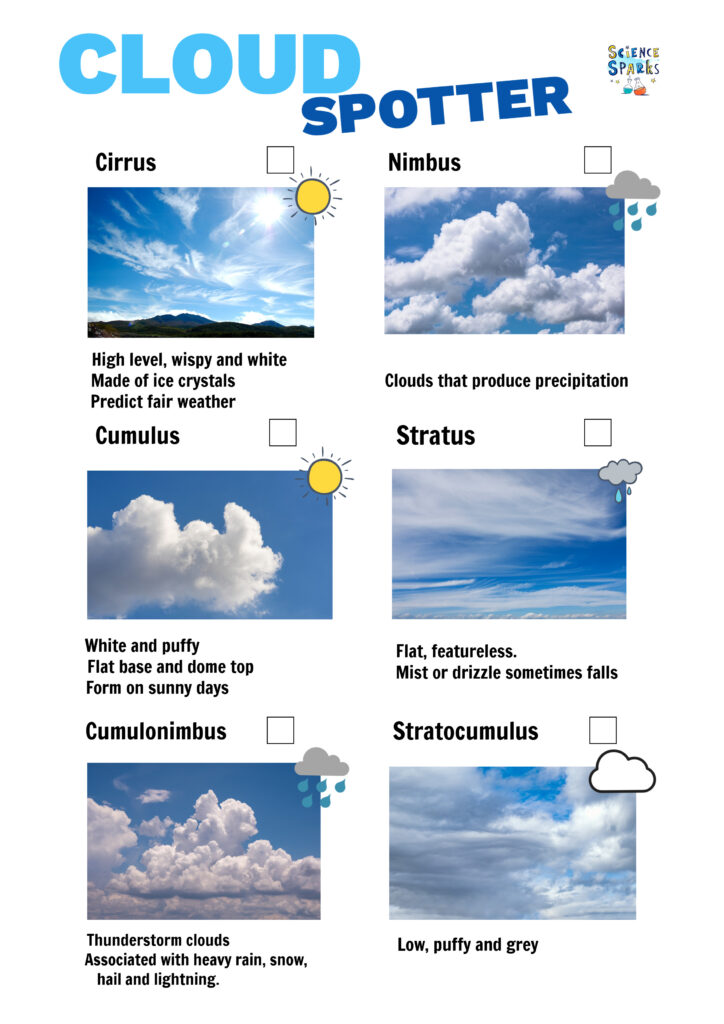
Science Activities for Learning About Clouds
Find out how clouds form with a cloud in a jar science demonstration.
Create different types of clouds using egg white.
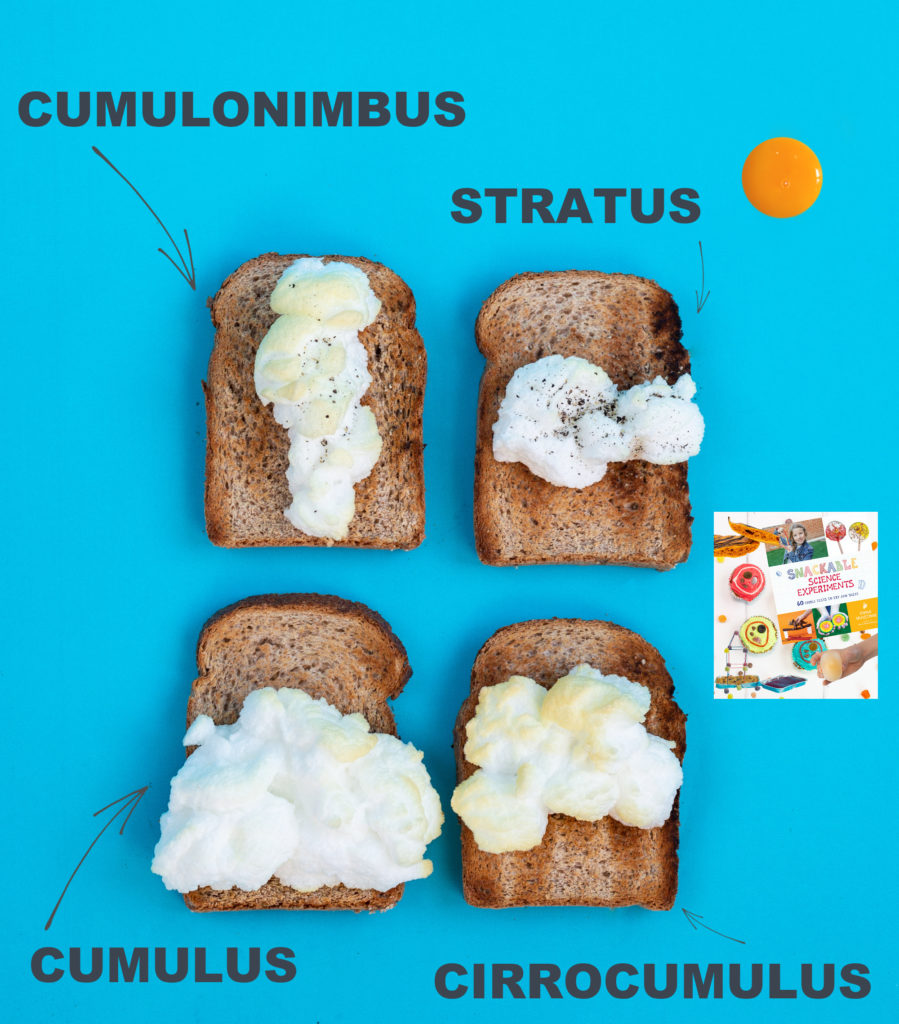
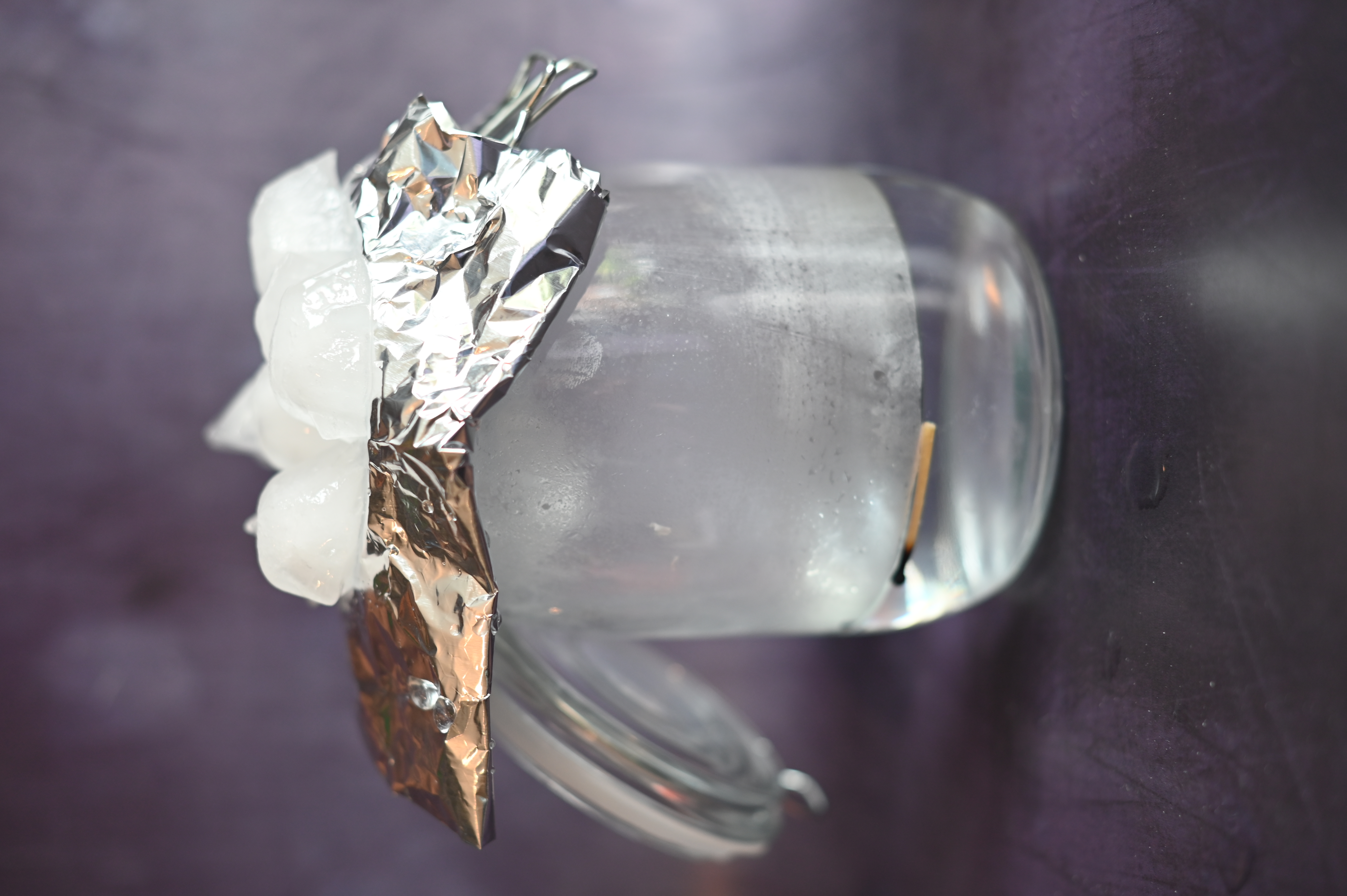
Use shaving foam and food colouring to discover why rain falls when a cloud gets heavy enough.
Watch hot air rise with a convection current made with warm water and food colouring.
Find out why the sky is blue!
Learn about evaporation and the water cycle with a simple water cycle demonstration.
Fun Facts About Clouds
Clouds were named by Luke Howard in 1802.
There are ten basic types of clouds.
Clouds help to regulate the Earth's temperature.
Clouds play a crucial role in the Earth's water cycle.
Fog is cloud at ground level.
Clouds float because the water droplets or ice crystals are tiny and spread out. Warm air underneath them also keeps them aloft.
Cirrus ( wispy, high altitude ) clouds can travel up to 100 mph!
Last Updated on June 5, 2025 by Emma Vanstone
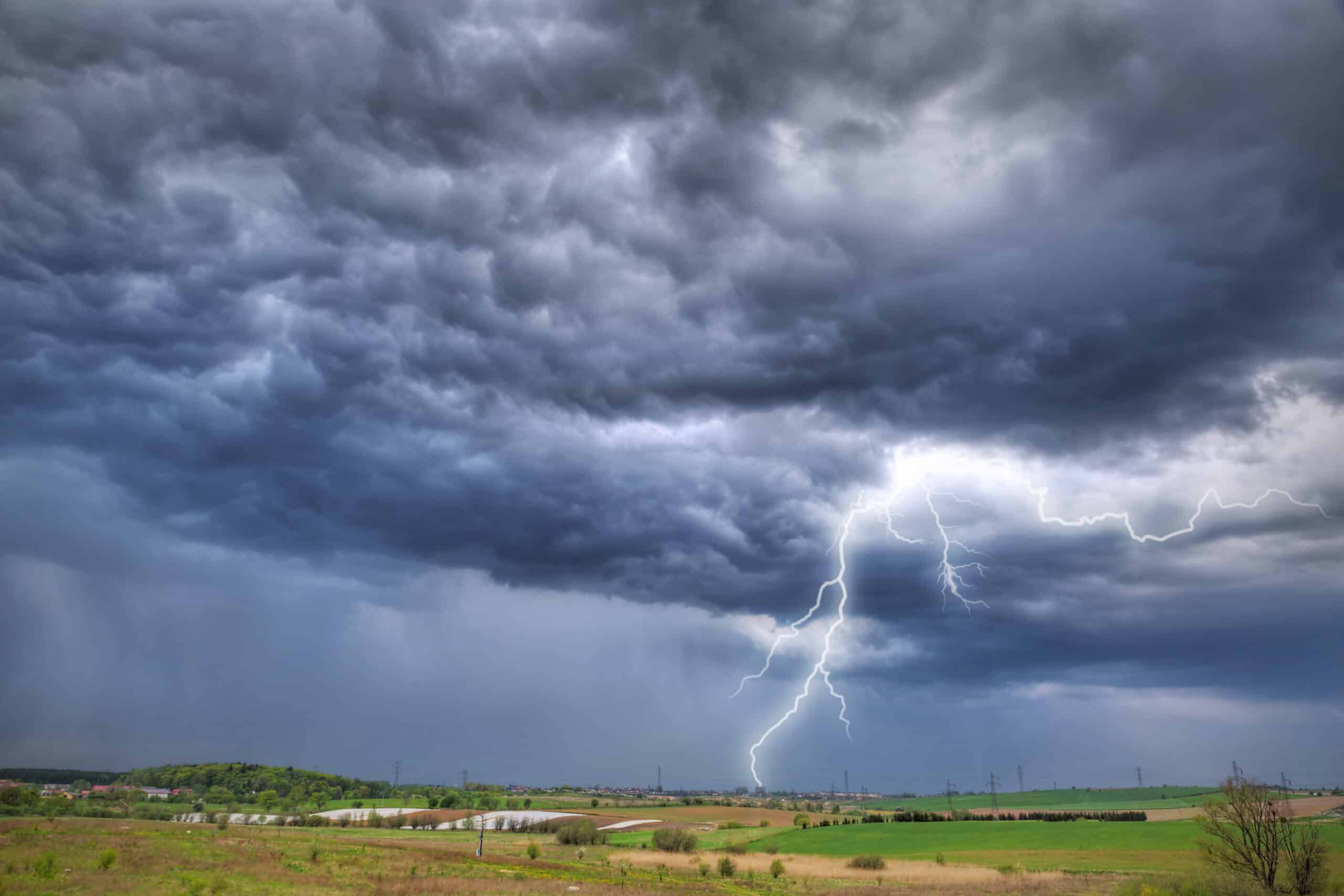
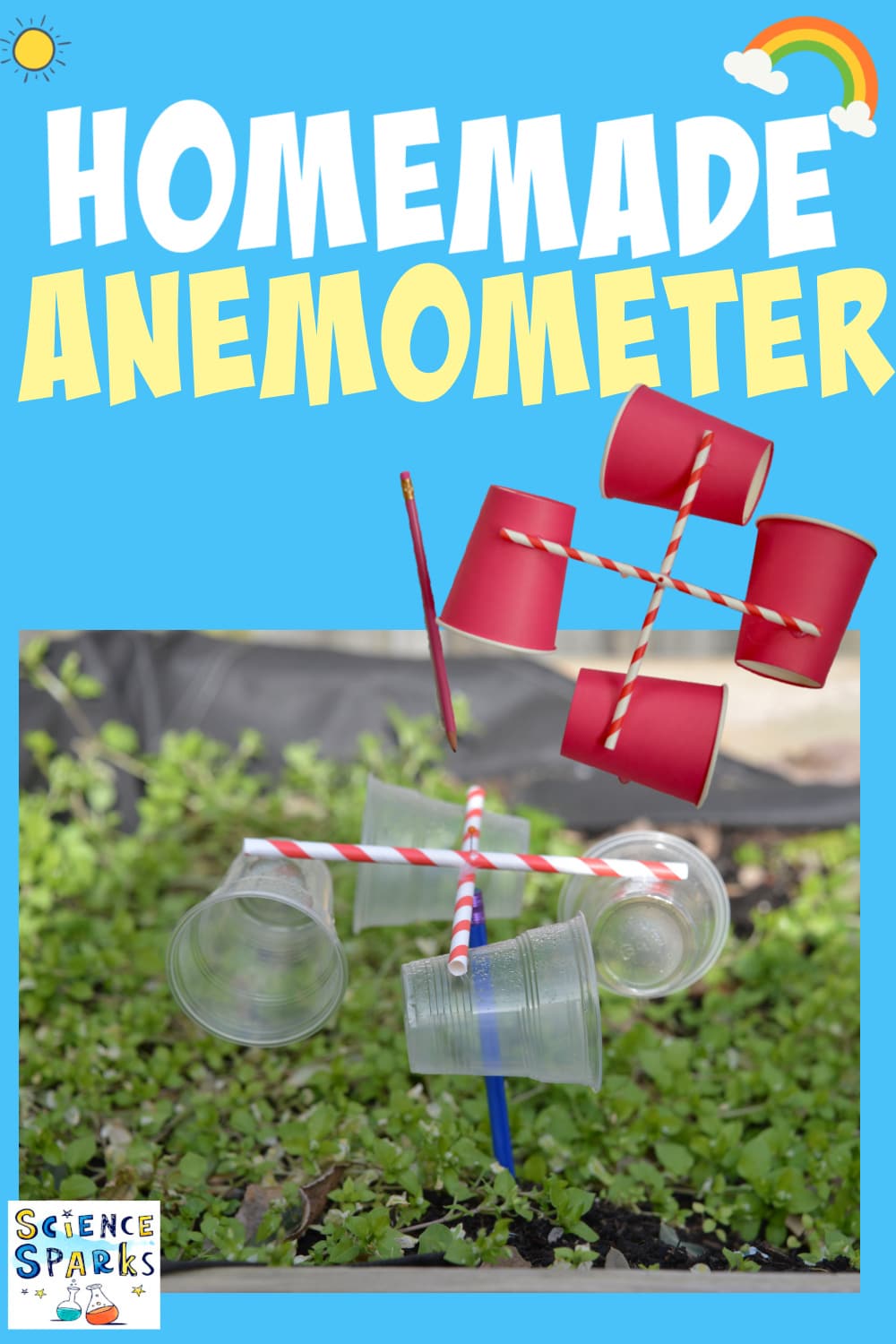
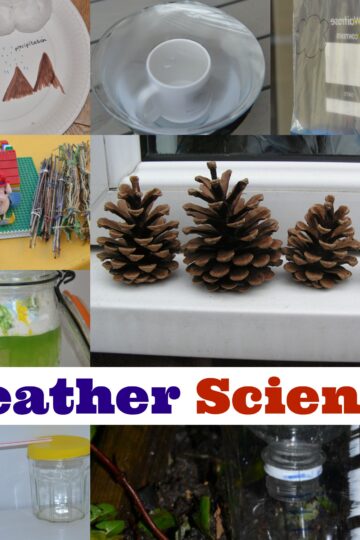
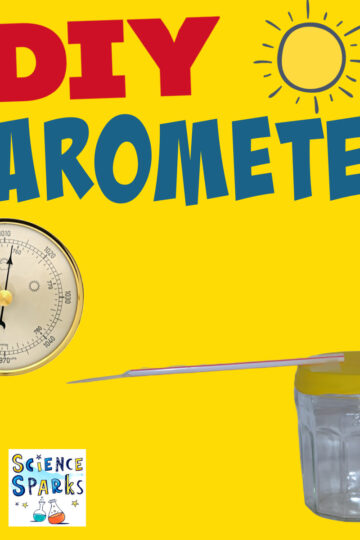
Leave a Reply